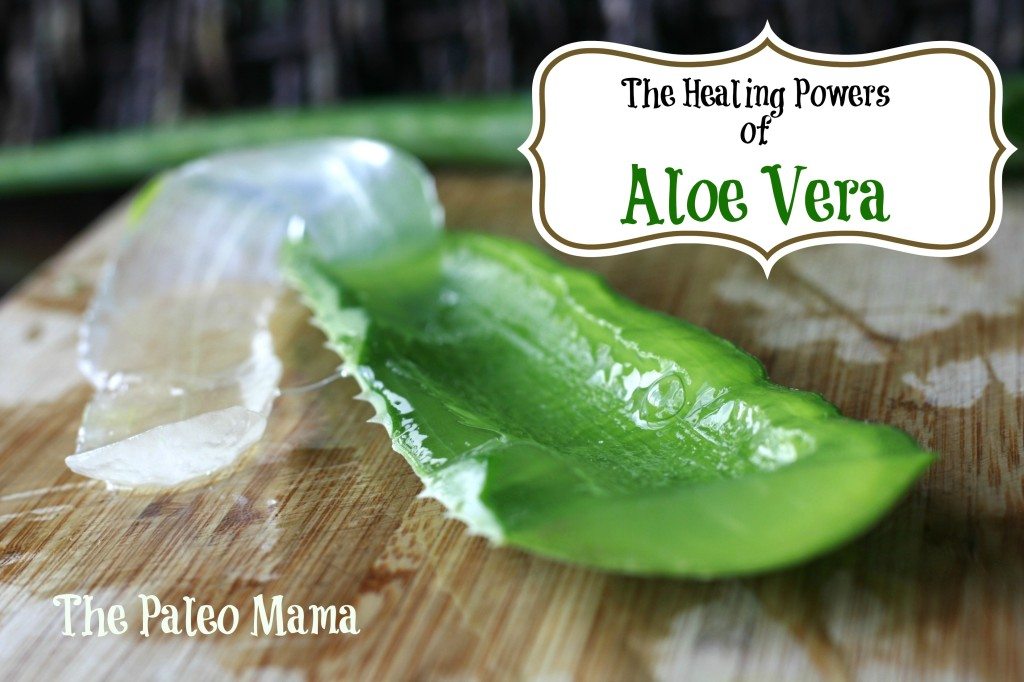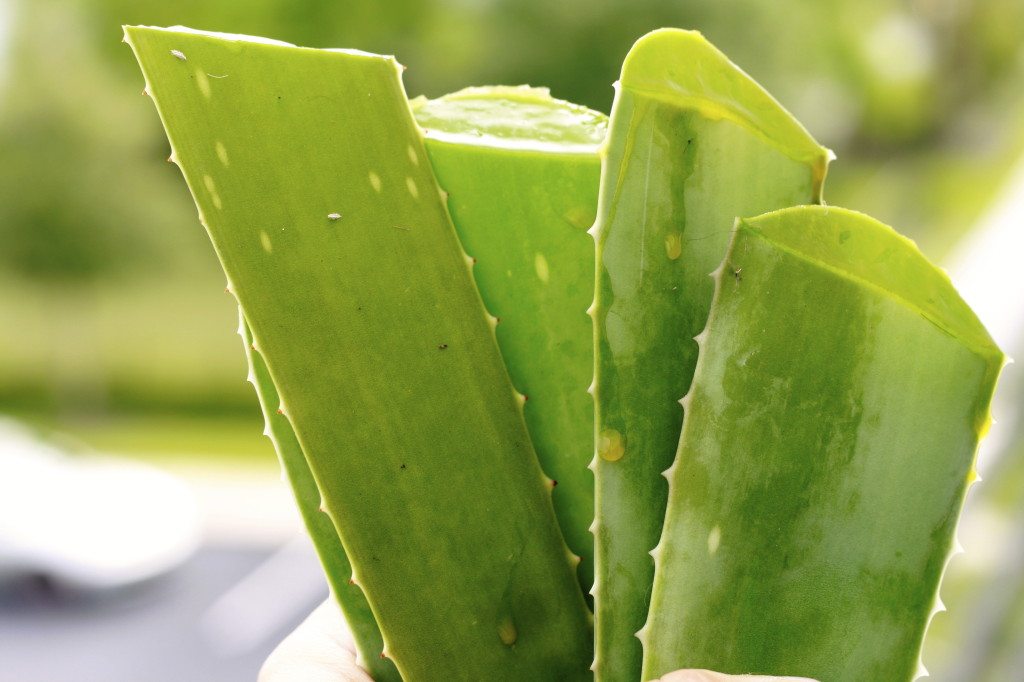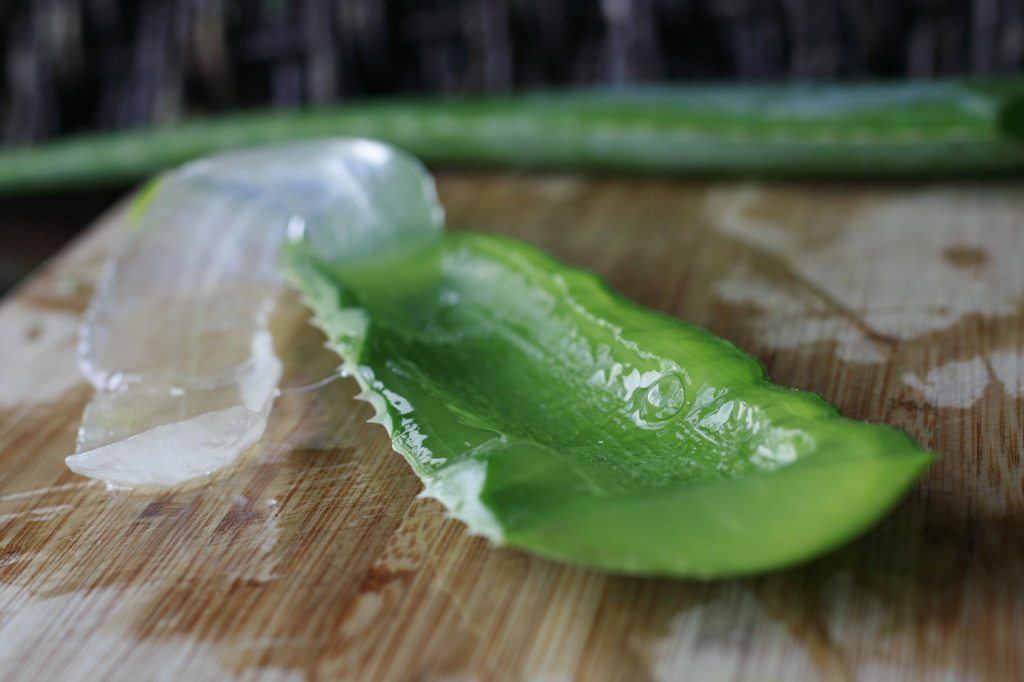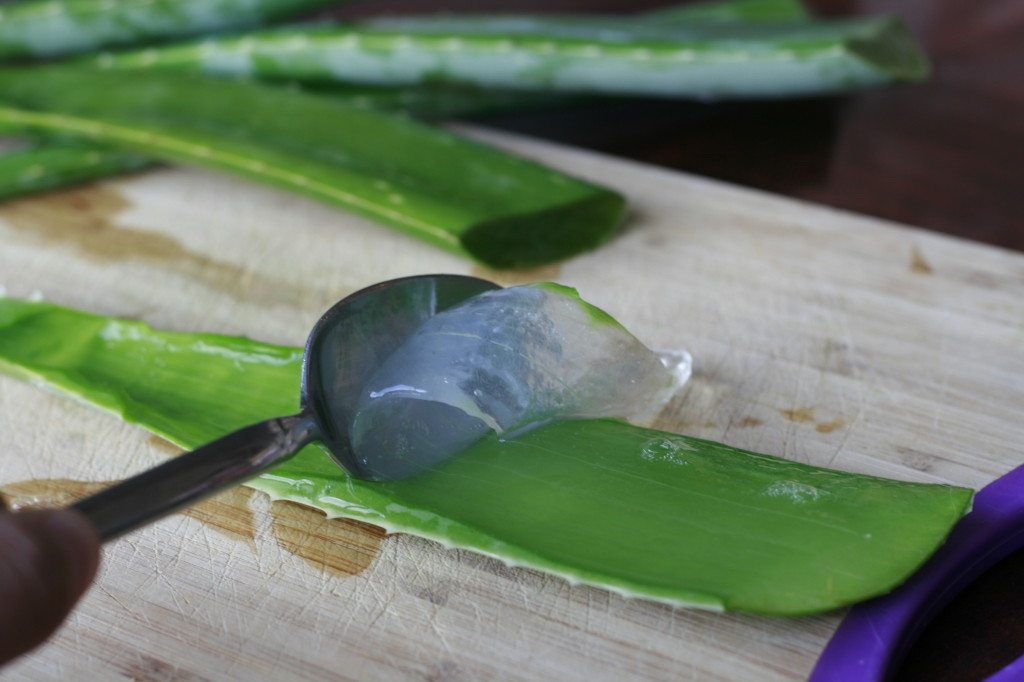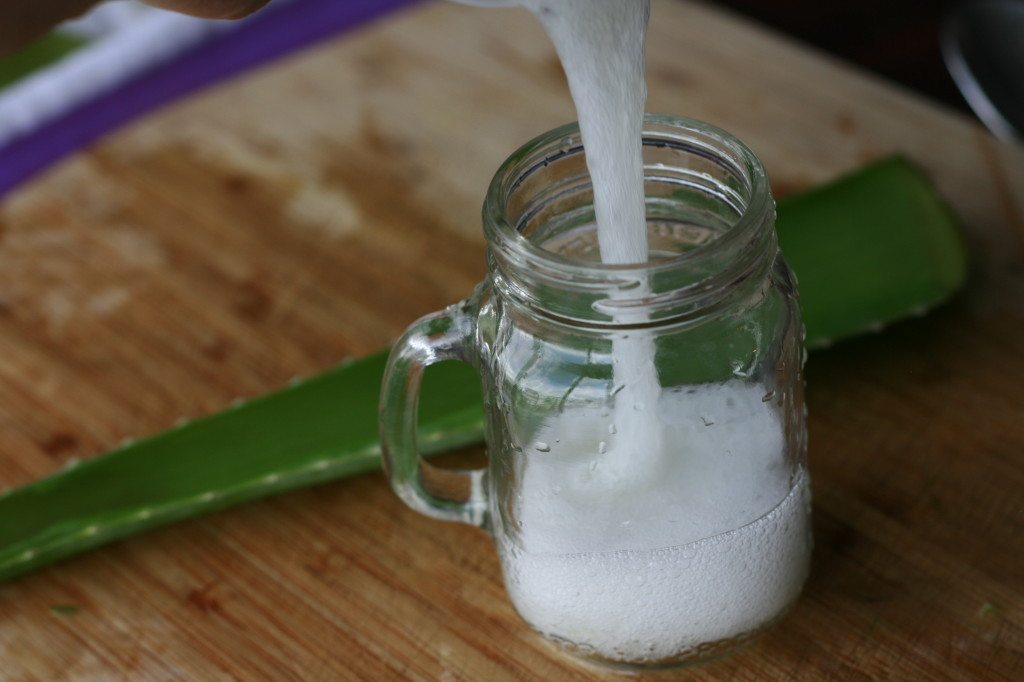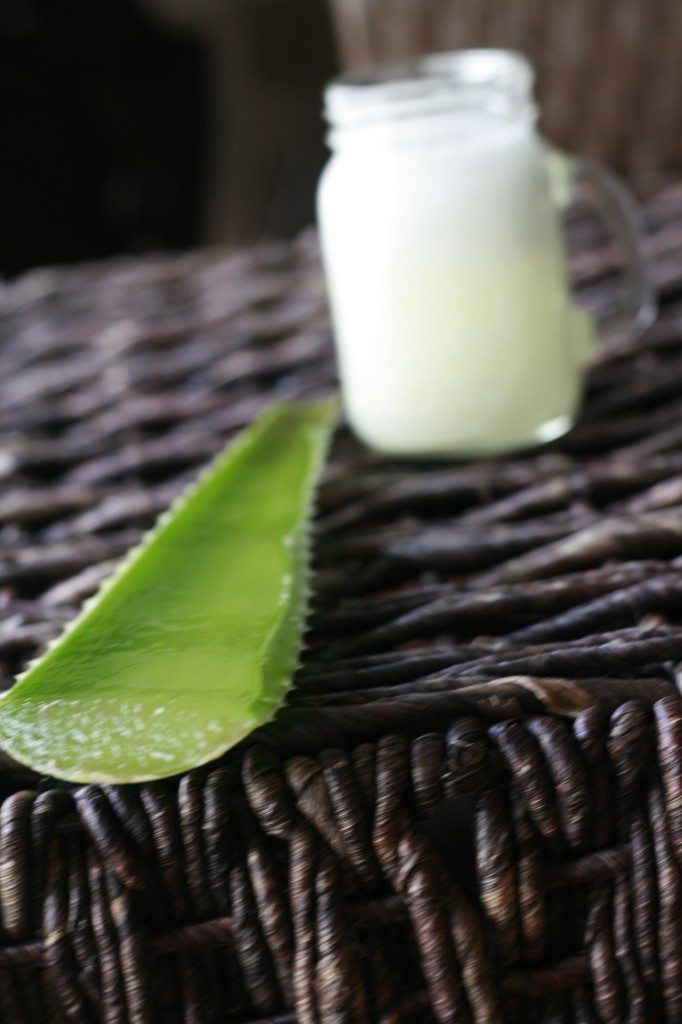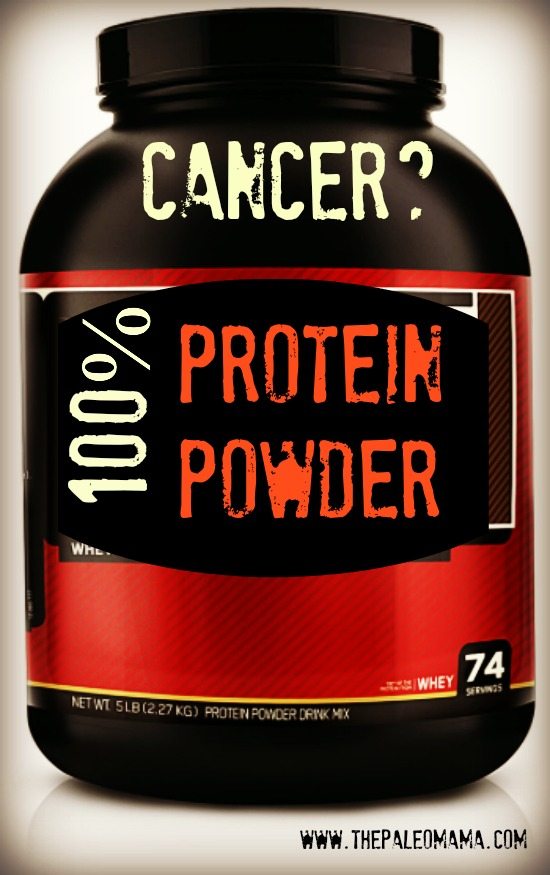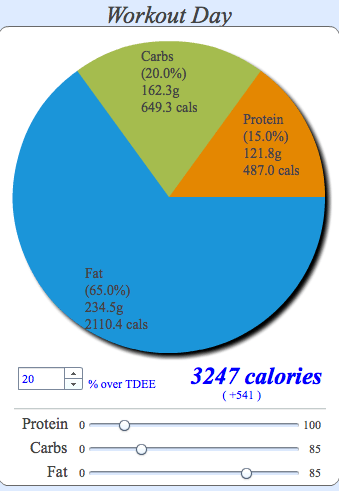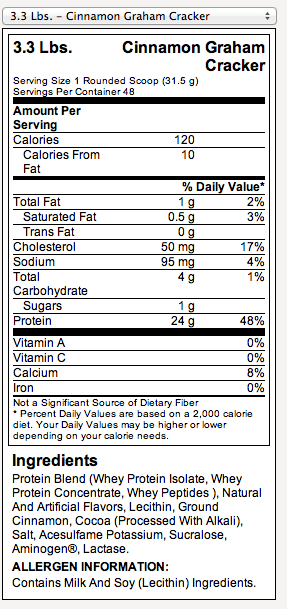Aloe Vera has more healing properties than most any other plants or herbs on the planet! It is a disinfectant, antibiotic, antimicrobial, germicidal, antibacterial, antiseptic, anti fungal, and antiviral!
My husband and I have lived in 6 different places, in 6 six years of marriage (thank you Army), and everywhere we have lived, we have kept an Aloe Vera plant in the yard or in a pot. You may see a lot of Aloe Vera products pop up in the stores as people are becoming more aware of it’s benefits; but the best way to use it is to grow it yourself.
This underrated power plant is one of the best things you can carry in your home remedy arsenal. It comes from the lily family, the same family that garlic and onions belong to. And another incredible thing about this plant is that it can be used both internally and externally:
Here’s How it Helps Our Body:
• Halts the growth of cancer tumors.
• Lowers high cholesterol.
• Repairs “sludge blood” and reverses “sticky blood”.
• Boosts the oxygenation of your blood.
• Eases inflammation and soothes arthritis pain.
• Protects the body from oxidative stress.
• Prevents kidney stones and protects the body from oxalates in coffee and tea.
• Alkalizes the body, helping to balance overly acidic dietary habits.
• Cures ulcers, IBS, Crohn’s disease and other digestive disorders.
• Reduces high blood pressure natural, by treating the cause, not just the symptoms.
• Nourishes the body with minerals, vitamins, enzymes and glyconutrients.
• Accelerates healing from physical burns and radiation burns.
• Replaces dozens of first aid products, makes bandages and antibacterial sprays obsolete.
• Halts colon cancer, heals the intestines and lubricates the digestive tract.
• Ends constipation.
• Stabilizes blood sugar and reduces triglycerides in diabetics.
• Prevents and treats candida infections.
• Protects the kidneys from disease.
• Functions as nature’s own “sports drink” for electrolyte balance, making common sports drinks obsolete.
• Boosts cardiovascular performance and physical endurance.
• Speeds recovery from injury or physical exertion.
• Hydrates the skin, accelerates skin repair.
Aloe Vera contains over 200 active components including vitamins, minerals, amino acids, enzymes, polysaccharide, and fatty acids. This explains why there are so many uses and remedies for the Aloe Vera plant.
FIVE Ways to Use Aloe Vera at Home:
1) Aloe Vera is amazing for your skin. The clear fluid of the aloe vera plant is 99% water, so it’s no wonder why it’s great for your skin. It hydrates, moisturizes, and nourish our largest organ – the skin.
- Acne – Aloe Vera has antimicrobial properties that kill bacteria and anti-inflammatory properties with minimal scarring. Rub it directly on acne.
- Moisturizer – Aloe is not greasy and perfect for someone with oily skin or looking a for natural regime. Place a small amount on fingertips and smooth over face
- Aging – there is vitamin C and E present in aloe which can improve our skin`s natural firmness and keep our skin hydrated. Many of the TOP anti-aging products have aloe vera. Why not save the money and get the product directly from the source – the earth. Dot on wrinkles and under eyes morning and night.
- Stretch marks – rub aloe vera on your pregnancy stretch marks to keep them at bay.
- Sunburn – this is the most widely known use. Aloe vera gel can reduce the pain and swelling you experience during sunburn, act as a protective layer on the skin, and help replenish moisture.
2) Lowers High Cholesterol – when taken internally, aloe vera rebalances the blood chemistry in a way that lowers cholesterol and total triglycerides.
How to Take: People who suffer from high cholesterol can achieve optimal results by taking 1-2 TB of Aloe Vera juice a day (source).
3) Aloe vera boosts immune function and destroys cancer tumors –
Scientific research shows strong immunomodulatory and antitumour properties for aloe vera polysaccharides. That means the gel helps boosts immune system function while destroying cancer tumors. One study published in International Immunopharmacology (1995) showed that aloe vera polysaccharides exhibited potent macrophage-activating activities including producing increased volumes of nitric oxide, which has antitumor potential.
How to take: Work with a naturopathic physician to learn how to add Aloe Vera into your treatment plan.
4) Aloe Helps Reduce Inflammation – Aloe Vera contains 12 substances, including B-sisterole, which can help to slow down or inhibit inflammation.
How to take: rub the gel onto any areas of pain. For rhumatoid arthritis, take internally by drinking 2 to 3 oz. of aloe juice once per day, and work up to 3 times per day.
5) Disinfectant, Anti-biotic, Anti-microbial, Germicidal, Anti-bacterial, Anti-septic, Anti-fungal & Anti-viral – Aloe Vera’s active ingredients are sulphur, lupeol, salicylic acid, cinnamic acid, urea nitrogen and phenol which are substances that prevent the growth of disease-causing microorganisms and act as a team to provide antimicrobial activity thus eliminating many internal and external infections, also active against bacteria. It also helps to treat fungal and viral infections.
How to take: rub on burns, cuts, bruises, and take internally during times of sickness or just to boost the immune system.
How I Harvest and Use Aloe Vera:
There are many ways to actually “harvest” aloe. You can just cut off a piece of the plant when needed, or you can make a batch of the gel and store in the fridge. I like to make large batches at at time. Here’s my method:
Step 1: Cut off large pieces of the plant near the stem. I usually cut 5-10 at a time.
Step 2: Rinse the cut pieces under water.
Step 3: Cut off the top of the shell.
Step 4: Grab a spoon and scoop out all the gel.
Step 5: Pour the gel into a food processor or blender and process it for a few seconds.
Step 6: Freeze in small ice cube trays and use as needed! I leave a little in the fridge, as well.
A Few Things I do With My Aloe:
Face Mask – I add 2 TB of aloe, 1 TB sugar or salt, and 2 TB of raw milk or coconut milk to a jar and stir. Once the sugar/salt is dissolved, I rub it all over my face and leave it on for up to 10 minutes! Then I grab a hot towel and wipe off. Baby butt soft!
I add 1-2 TB to my smoothies.
I put them on my kids dry skin.
I put them on cuts and burns.
I rub it onto my sore muscles after an intense workout.
I hope you now believe in the incredible healing properties of the Aloe Vera plant. Remember “fresh is best”, so pick up a plant, and start benefiting from it!
Sources:
- https://www.naturalnews.com/021858_aloe_vera_gel.html#ixzz2d08K2ftE
- https://www.aloeplant.info/harvest-fresh-aloe-gel/
- https://sacredsourcenutrition.com/top-12-benefits-of-aloe-vera/#
- https://www.aloelf.com/wp-content/uploads/aloe-vera/aloebook.pdf
Shared at: Homegrown & Healthy, Small Footprint Family, and Happy Roots, Happy Soul
